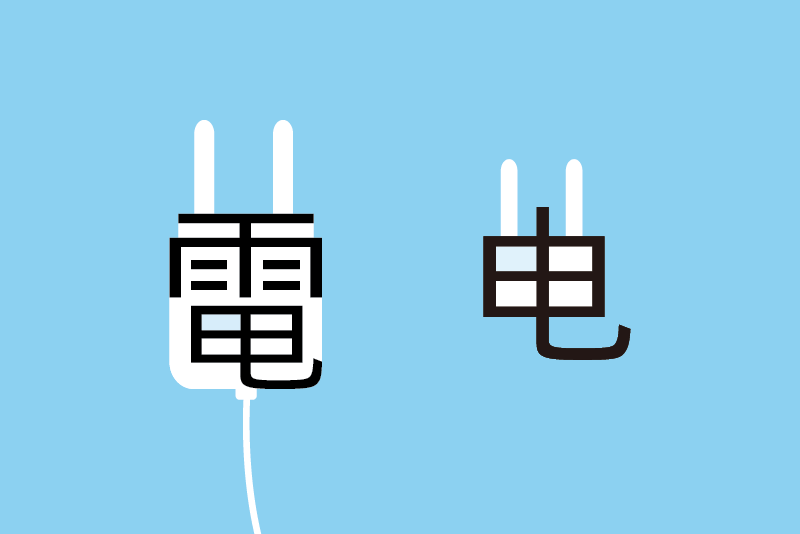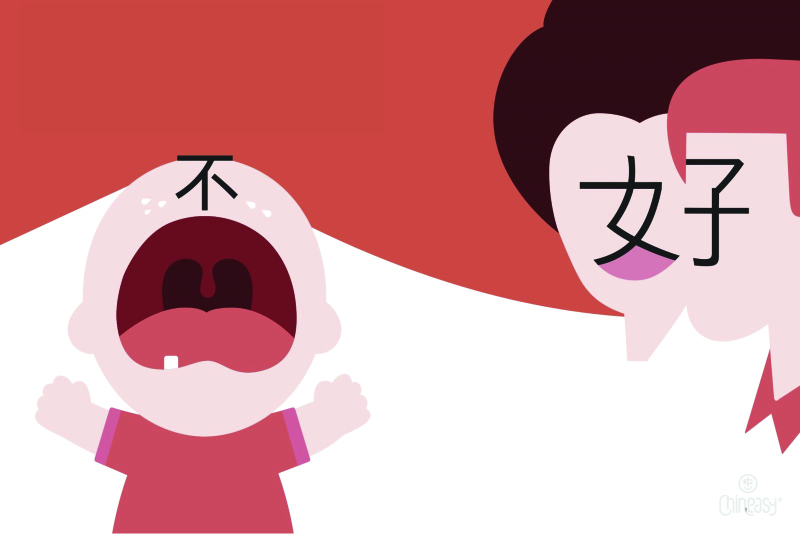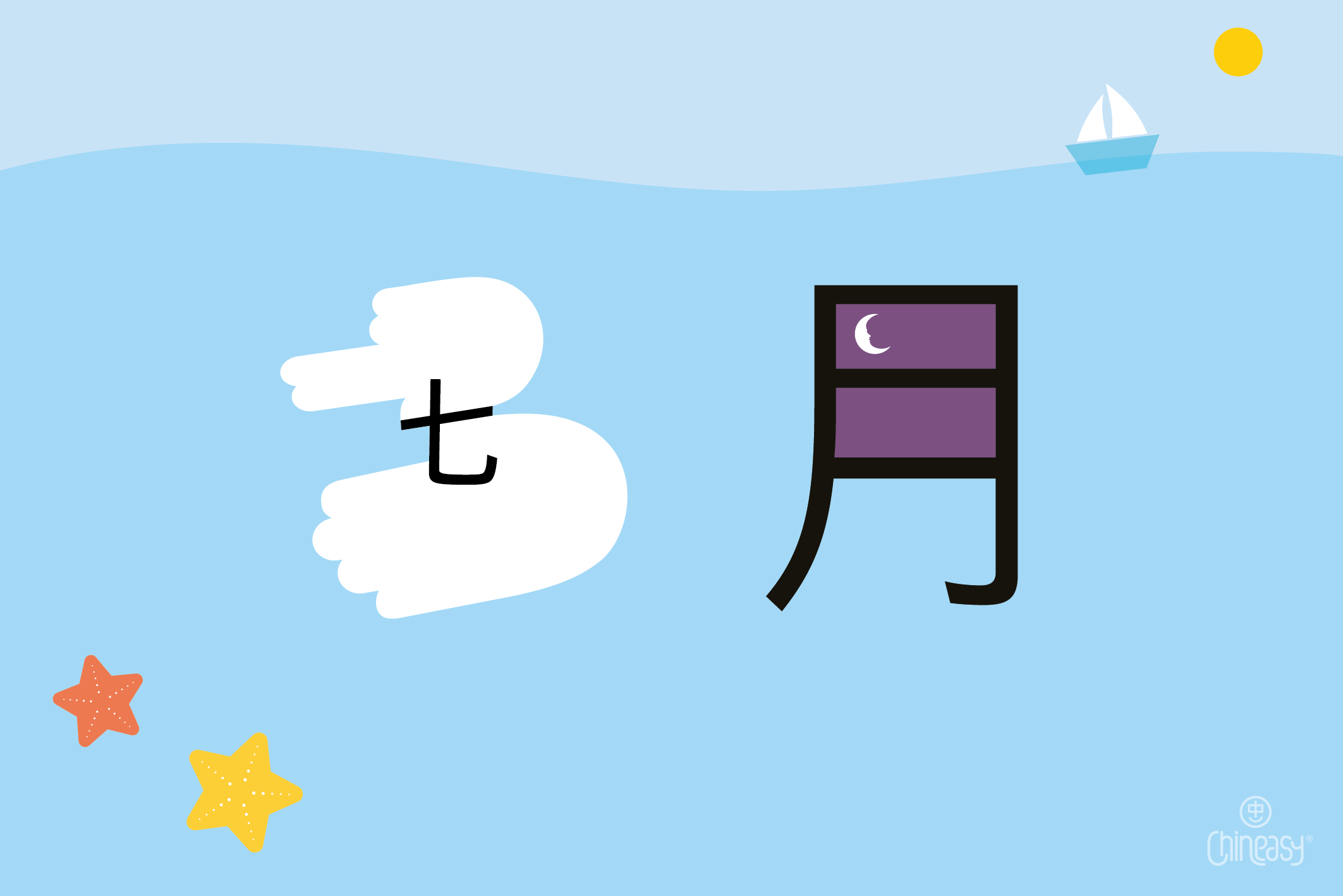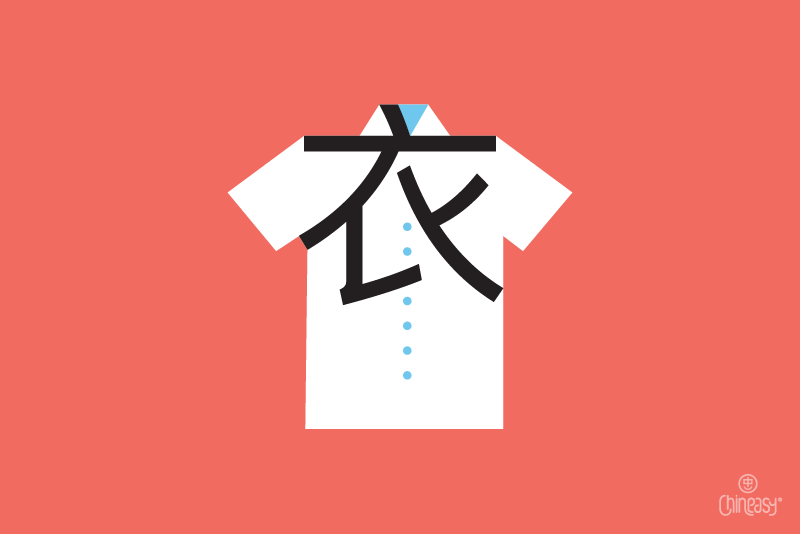Modern Chinese has two equally legitimate yet distinct official writing systems: Traditional Chinese, which is used in Taiwan, Hong Kong, and Macau; and Simplified Chinese, which is used in Mainland China, Singapore, and Malaysia. Both systems are also used throughout the Chinese diaspora, with individuals’ preferences for one or the other typically dependent on the time period and territory from which their family emigrated.
First and foremost, it is important to understand that the distinction between the two systems refers exclusively to the written form of the language—not the pronunciation of the characters themselves. Even though regional varieties of Chinese, such as Cantonese, Hokkien, and Hakka, each have their own unique pronunciations, vocabularies, and syntax, either character set—whether Traditional or Simplified—can be used to render the phonetic and semantic content of any regional dialect.

In fact, up until the mid-twentieth century, what is now known as “Traditional Chinese” was used by all Chinese speakers. The script was introduced around 220 BC by the very first emperor to unify China as an imperial tool of governance. Thanks to the standardized writing system, even though subjects of the new empire spoke mutually unintelligible regional dialects, they could—and indeed were obliged—to communicate through writing.
Written language, however, remained the preserve of the elite for centuries. It wasn’t until the early twentieth century that Chinese writers and scholars, together with government officials, began advocating for simplification in order to boost the literacy rate and to ‘modernize’ China. This finally materialized when Mao Zedong’s government introduced the first set of simplified characters in 1956, seven years after the founding of the People’s Republic of China.
These reforms were extremely consequential in that they standardized the ‘alphabet’ used by over one billion people in today’s world. They not only systematically simplified individual characters, but also significantly reduced the total number of characters in the official set. Whereas traditional variants, which share the same pronunciation and meaning of a ‘standard’ character, were struck from the simplified list; traditional homophones, which share a common pronunciation (but not meaning), were consolidated into the simplest form among them. And while some character components were consistently eliminated or replaced with generic symbols, dozens of characters were wholly replaced with already existing shorthand equivalents or newly devised phono-semantic compounds.

Up until the present moment, the debate between traditional and simplified characters remains contentious, for native Chinese speakers and language learners alike. Advocates of the traditional system argue that the characters, while admittedly more complicated, are much more beautiful and visually expressive. Furthermore, the ornate traditional characters preserve centuries of Chinese culture. Proponents of the simplified system, on the other hand, insist on the practicality of their own script. With fewer strokes, the simplified set are undoubtedly quicker to write, and some enthusiasts argue that they are also more visually distinct than their cumbersome equivalents. Moreover, even traditional characters themselves represent the product of a continuous process of evolution. Over the centuries, various characters fell in and out of use; strokes were added and eliminated; and archaic meanings were exchanged for contemporary definitions.
So, for language learners, the choice between traditional and simplified may seem quite daunting. To save time, it may be helpful to contemplate personal interests and long-term priorities. For example, while someone interested in the arts, literature, or history might derive greater enjoyment from studying traditional characters, someone pursuing a career in business or IT might be drawn to Simplified. And as previously mentioned, geography makes a difference, too. If a move to Taiwan or Hong Kong is in the cards, it is probably more practical to begin with Traditional. In any case, despite their differences, the two systems are largely similar, so it is relatively easy to develop a command of both and switch back and forth between the two. Plus, since Traditional and Simplified both have advantages and drawbacks, perhaps the ideal solution is to learn not one but both!



